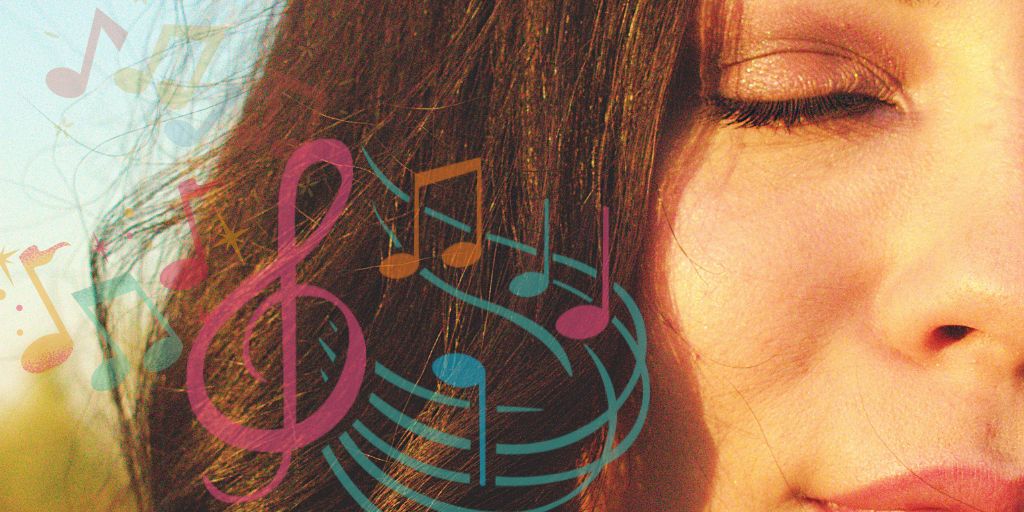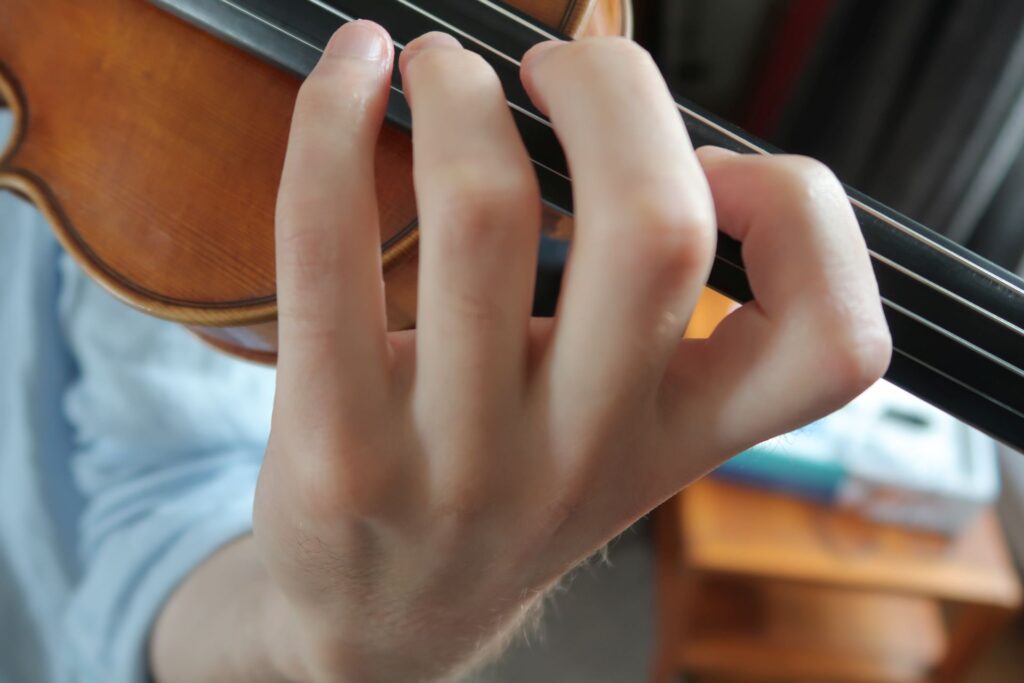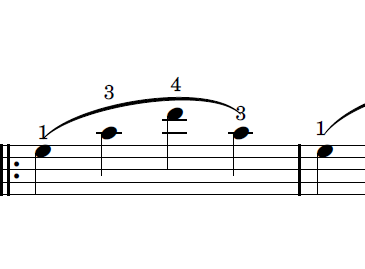As violinists, our pursuit of excellence drives us to explore various methods to elevate our skills and performances. One such powerful approach is mental training and visualization, as discussed by Professor Andrew Huberman in the ‘Huberman Lab Podcast’ episode titled ‘Science-Based Mental Training & Visualization for Improved Learning’. Many of you have probably experimented with this topic already, but what are the most effective ways to execute your mental training and visualization practice to enhance your violin playing?
Understanding Self-Directed Adaptive Plasticity
Professor Huberman’s podcast delves into self-directed adaptive plasticity, wherein the brain learns and adapts through focused attention and rest, particularly during sleep. For adult violinists, this underscores the importance of dedicated focus during practice to trigger neuroplasticity, a process distinct from the seemingly effortless learning observed in children who absorb information like sponges.
The first step involves focused attention, leading to neurochemical releases like noradrenaline and adrenaline, signaling the brain’s readiness for change.
The second step is equally vital, allowing the brain to rest deeply, fostering neuroplasticity that consolidates and stabilizes newly acquired knowledge and skills.
The Effectiveness of Mental Training and Visualization
Numerous studies have demonstrated the efficacy of mental training and visualization in enhancing skills and performances for violinists. These techniques can be valuable complements to real-world practice, making the learning process more efficient and effective. However, it is important to note that mental training and visualization should not replace actual physical violin practice. They work best when you already possess some proficiency in the skill you aim to improve. For example, if you are not familiar with accurate shifting from first to fifth position, you should not expect significant improvements by solely imagining this action repeatedly. Instead, mental training and visualization are most effective when used in conjunction with hands-on practice, reinforcing and refining the motor skills and techniques you have already developed. By combining both approaches, you can maximize the benefits of mental practice and accelerate your progress as a violinist.
Principles for Effective Mental Training and Visualization
Here are some guiding principles that will provide you with the tools to implement mental practice in your violin practice sessions:
1. Keep It Concise and Simple: Short, focused visualizations, lasting around 15 to 20 seconds, are most effective. Repeating these brief visualizations many times (research suggests 50-75 repetitions, with short breaks in between) strengthens neural connections.
2. Mental Imagery is Equivalent to Real-World Perception and Behavior: Mental training can activate neural responses similar to those experienced during actual physical violin playing. For instance, if you mentally practice the first few opening bars of the Mendelssohn Violin Concerto, the time it takes to play those bars in your mind will be akin to the time taken on your actual instrument. This suggests that if you practice this opening excerpt at a slow tempo mentally, you should then physically practice the passage at the same tempo.
3. Complement with Real-World Practice: Mental training and visualization should complement your real-world violin practice rather than replace it. While mental practice can enhance the speed and accuracy of motor skills, actual physical training remains essential for skill acquisition and retention.
4. Employ Accurate Labeling: Precise labeling during mental training and visualization can enhance performance. By using specific labels that align with your real-world experiences for your mental images, you strengthen the neural connections associated with those tasks. For example, if you practice a down bow 3-string chord (on the D-, A-, and E-strings) at the frog, you could focus on the feeling of your right arm when playing that chord in your mind. Pay attention to how your right upper arm moves, how your little finger feels on the bow, how lightly your index finger touches the bow, and if your wrist remains completely relaxed. Once you have explored these aspects of your right arm during this chord, you could label this mental image as “Right Arm Feel Chord.” The label used during visualization should correspond to the same label you employ when executing the visualization in real life. Simply mentioning the label to yourself while performing the task reinforces the connection to the corresponding visualization.
The Power of First-Person Perspective
Research suggests that first-person mental training, where you vividly visualize yourself playing the violin from your own perspective, is more effective than third-person visualization. This approach fosters a stronger connection between your mental imagery and real-world performance, enhancing the effectiveness of mental training. By immersing yourself in the experience and replicating the sensations of playing the violin, you activate the same neural pathways as physical practice. On the other hand, third-person visualization may not offer the same depth of experience and neural activation.
Mental Practice and Memorization
In addition to the aforementioned benefits of mental training and visualization, it is important to address their significant role in the process of memorizing a piece you’re working on. When striving to commit a composition to memory, mental practice can be just as potent as physical rehearsal. By vividly envisioning the notes, fingerings, bowings, and expressing your musical intentions, you strengthen the neural connections associated with the piece. Remember that the two prerequisites for effective learning—focused attention and rest—apply to mental training for memorization as well. Therefore, ensure you get sufficient sleep and concentrate intensely during mental practice to learn a piece by heart. Embracing a first-person perspective during visualization allows for a deeper connection between mental imagery and real-world performance, enhancing the memorization process. Moreover, mental training serves as a valuable tool to sustain and reinforce memorization during periods of limited access to your violin.
In conclusion, mental training and visualization present invaluable tools for violinists striving to enhance their skills and performances. By comprehending the principles of effective mental training and visualization and integrating them into your practice routine, you can significantly elevate your violin playing and help the memorization process.


